
Srinivasanallur is a small village on Tiruchirappalli-Namakkal Highway, about 45 kilometres from Tiruchirappalli town, where there is this magnificent Temple called, Kuranganathar Temple, which is quiet popular amongst History and Archaeology enthusiasts.
The village Srinivasanallur, was known as Mahendramangalam when this part of the region was under the reign of Pallava King Mahendravarman, and was a Brahmadeya, a tax free village granted to Brahmanas! Later, when it came under Chozha empire, it was known as “Thirukkurakkuththurai” and mentioned so in the Temple inscriptions of Chozhas.
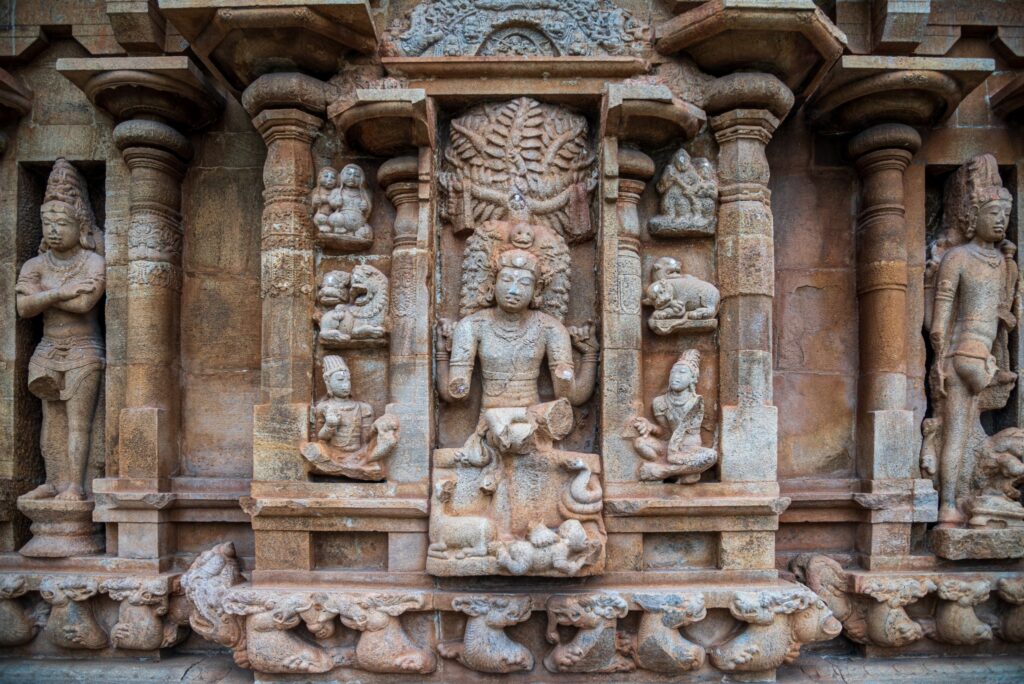
This Temple was originally erected during the reign of Mahendravarman in 7th Century CE as a brick Temple and later converted into a granite one by Aditya Chozha I, and the construction was completed by his son Paranthaka Chozha. Legend has it that Vaali, the Vanara King of Kishkintha from Ramayana, an ardent devotee of Bhagwan Shiva worshipped Shiva in this Temple before his war with Ravana, the King of Lanka and it is evident from a unique miniature sculpture on the right side pilaster of the main entrance where Vaali is seen playing an accompaniment instrument to Bhagwan Shiva’s cosmic dance.
The Temple’s outer-walls have beautifully sculpted manifestations of Bhagwan Shiva such as Bikshatana, Dakshinamurthy and members of the Chozha royal family.
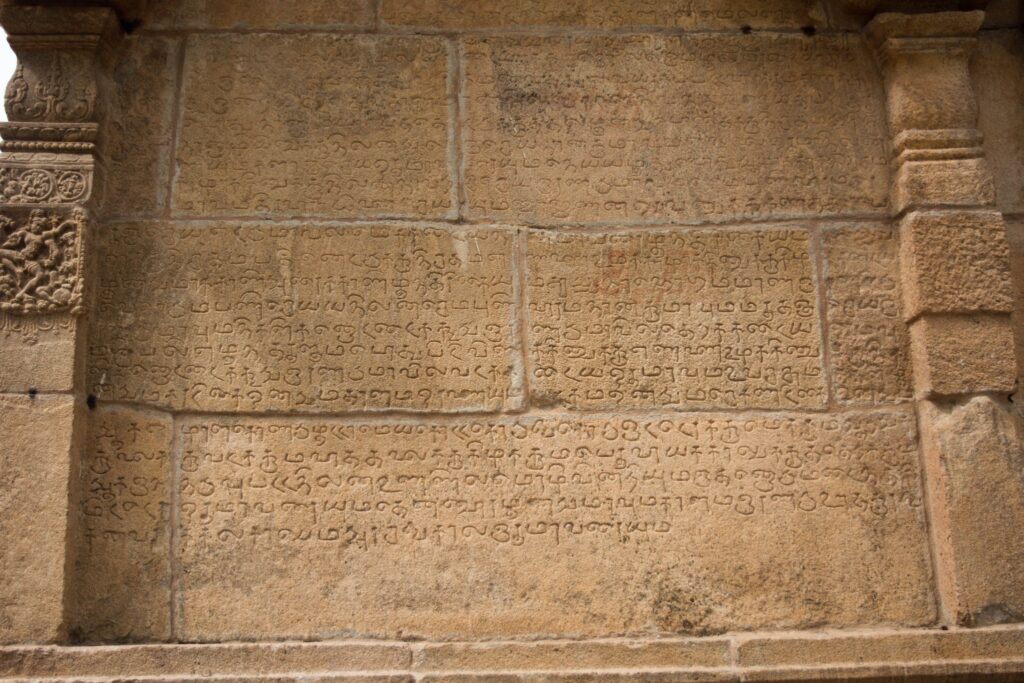
This Temple has a total of 20 inscriptions, of which, 18 are from Chozhas and the remaining two are of unknown Kings. Some of the inscriptions are about land registrations and grants to this Temple from Kings and local landlords, apart from these, three of the inscriptions are of larger interest, from which we learn,
·The kind of taxations existed during that time.
· How Brahmana women were empowered with legal rights to receive Dowry (Sreedhanam) from their husbands, to take care of their personal needs.
· Irrigation methods and flourishment of agriculture.
Taxations, there were several taxes like Irai, Echchoru, Vetti, Senneervetti, Vedhinai of which, Echchoru was a tax to host and feed Govt officials who come to the village for administrative purposes; Vetti, Senneervetti and Vedhinai were taxes collected to build, renovate and to maintain the waterbodies in the village.
Another inscription explains, How a Brahmana Woman named Kaalineeli sold her land that she obtained as Dowry, to make a grant to the Temple to light a perpetual lamp. The information we learn from the inscription is that the Brahmana women not only received Dowry from their spouses, also had the rights to sell them off at their will.
This Temple is now a Non-Living Temple and being governed by Archaeological Survey of India.
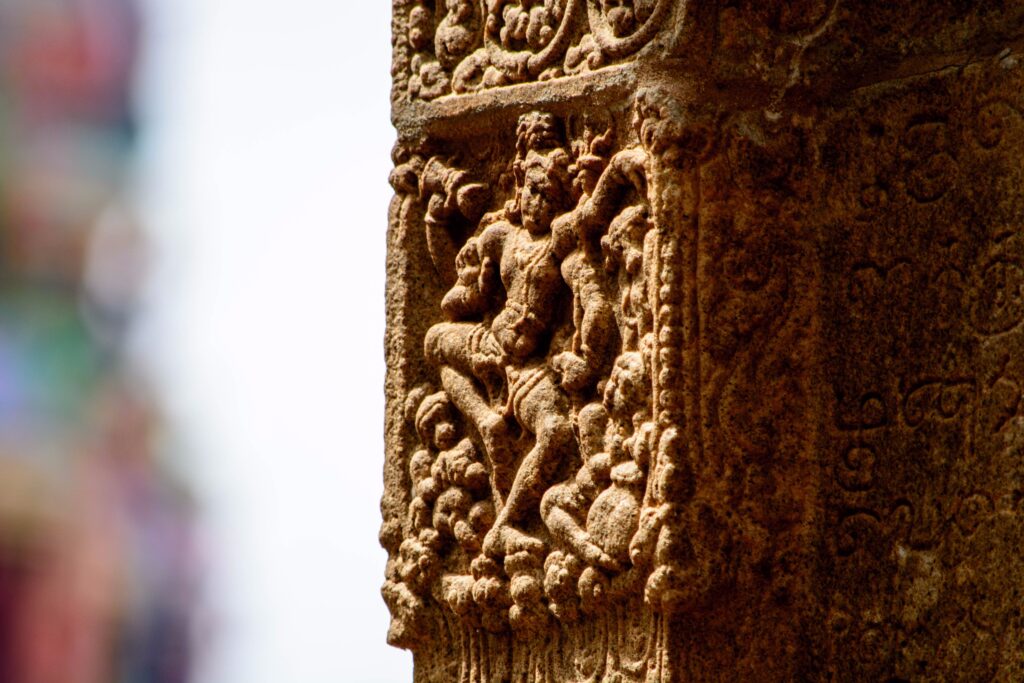
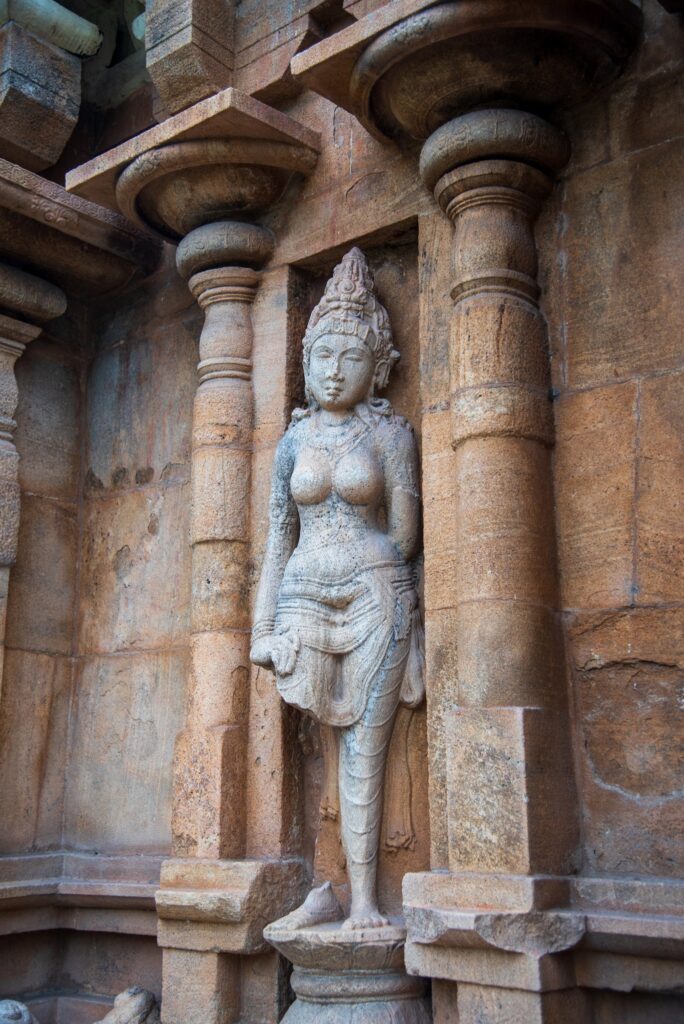

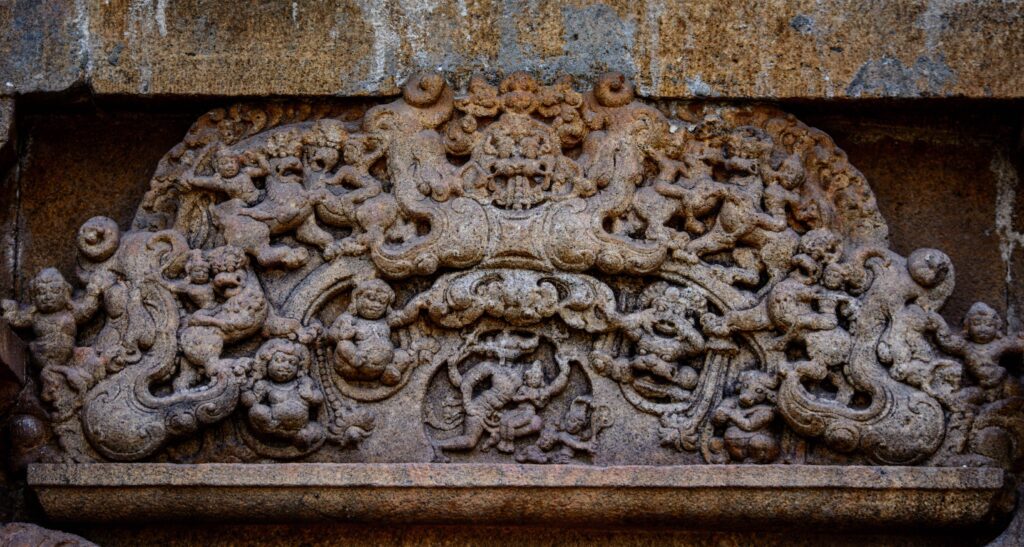

The Writer Ethirajan Srinivasan, is a Natgeo published Temple and Bird photographer from Tiruchirappalli, Tamilnadu. He publishes posts about temples and iconography on Instagram page @sculptographer.